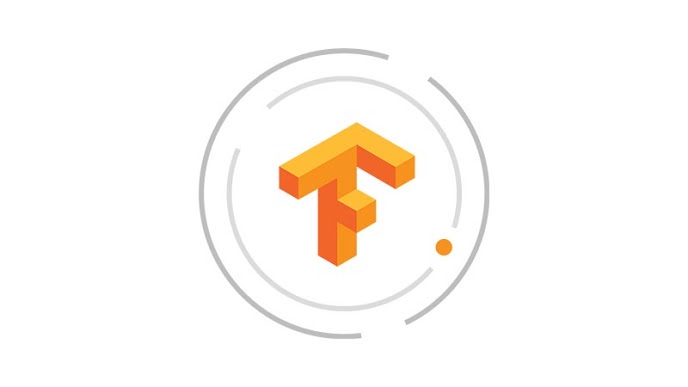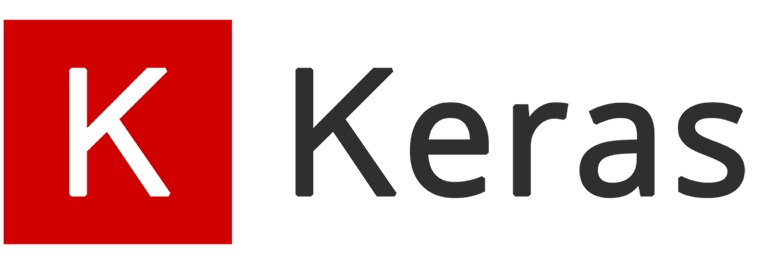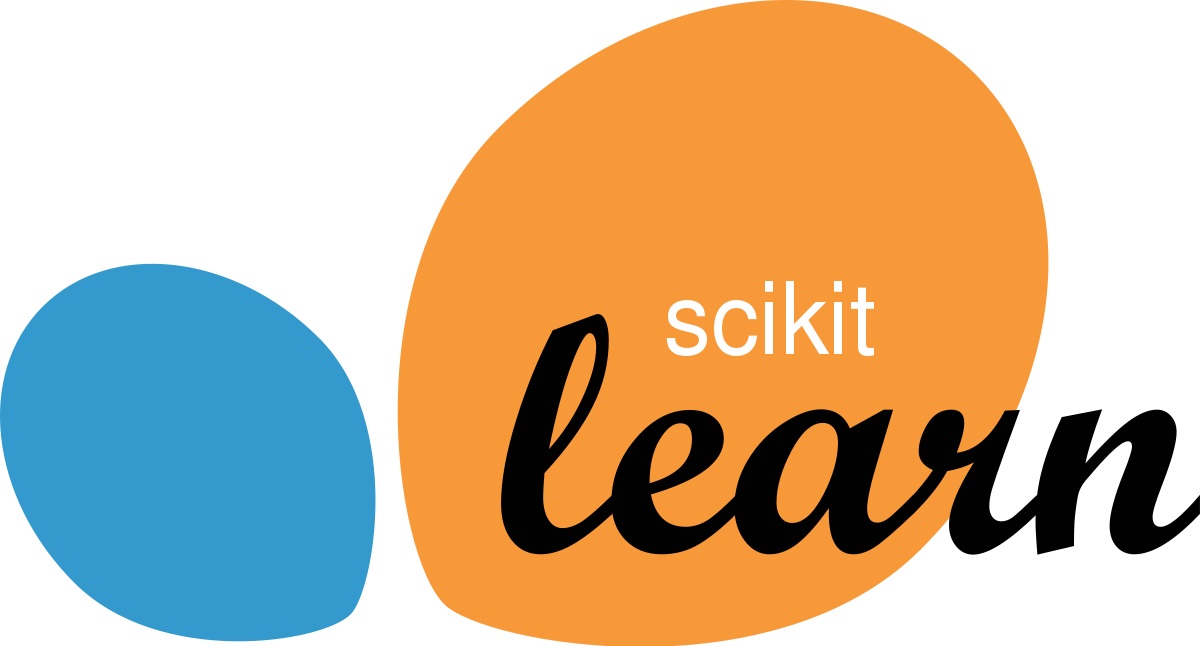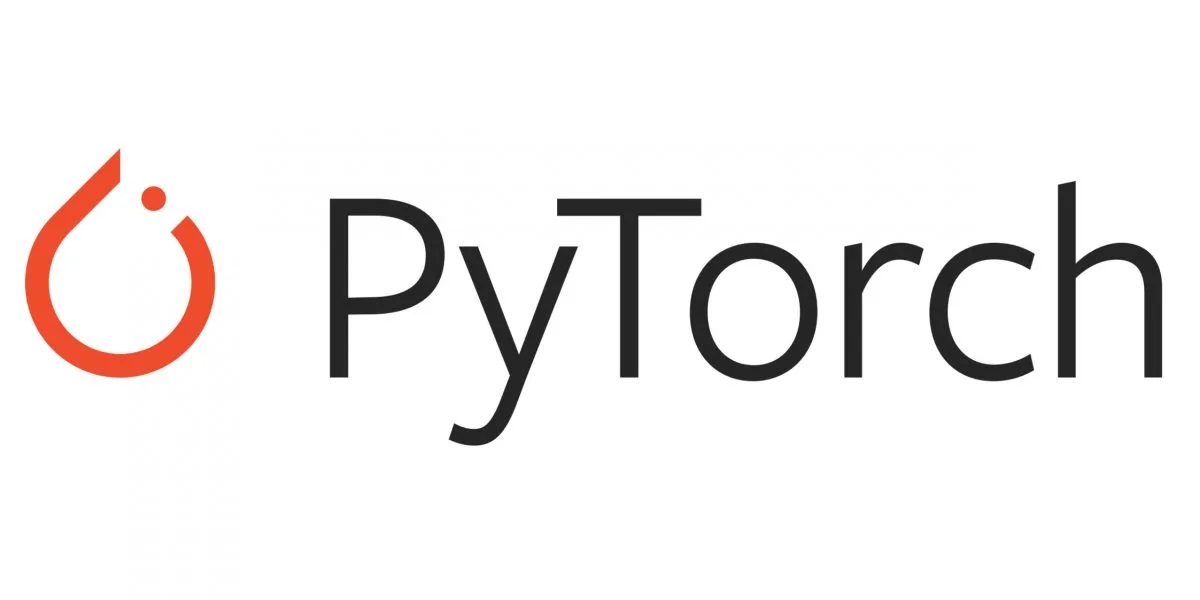Machine Learning is a sub-branch of Artificial Intelligence that focuses on creating unique algorithms that can learn from raw data and then use it to make predictions.
It has become increasingly popular in recent years, thanks to the proliferation of big data and advancements in computing power.
This article will provide an overview of some of the most popular ML tools and frameworks, including TensorFlow, Keras, and Scikit-learn, highlighting their differences, advantages, and disadvantages.
TensorFlow

TensorFlow is an open-source ML library developed by Google Brain Team.
It is widely used for various ML tasks, such as classification, regression, and deep learning. This tool can help businesses build smart applications to learn and make decisions independently without being explicitly programmed.
With TensorFlow, businesses can train machine learning models to recognize data patterns and make predictions based on those.
For example, we can use TensorFlow to build a propensity model that predicts which customers will likely churn or which products will sell well.
TensorFlow is also highly scalable, meaning it can handle large amounts of data and train complex models to solve various business problems or build custom applications tailored to a business's specific needs.
Keras

Keras is a Python-based open-source neural network library.
It is designed to make building and training deep neural networks easy and accessible.
Keras provides a high-level API that abstracts away much of the complexity of neural network architecture and training, allowing users to prototype and test different models quickly.
It is built on top of TensorFlow, which provides the computational backend for the library.
Keras supports many neural network architectures and training techniques, including convolutional networks, recurrent networks, and autoencoders.
It is a versatile tool for deep learning tasks such as image recognition, natural language processing, and more.
Scikit-learn

Scikit-learn is also a popular open-source machine learning library and, as Keras, written in Python.
It is designed to provide a simple and efficient toolset for various machine-learning tasks, including classification, regression, clustering, and dimensionality reduction.
Scikit-learn includes a wide range of built-in algorithms and tools for data preprocessing, model selection, and model evaluation, making it easy to experiment with different approaches and find the best solution for a given problem.
Additionally, Scikit-learn is highly interoperable with other Python libraries, such as NumPy and Pandas, making it a robust data analysis and modeling tool.
The library is well-documented, with extensive user guides and API documentation available, and it has a large active community of users and contributors.
Scikit-learn is widely used in academia, industry, and research and is an excellent choice for beginners and experts looking to build robust and effective machine-learning models.
PyTorch

PyTorch is an open-source machine-learning library widely used in academia and industry.
Developed by Facebook, PyTorch provides a dynamic computational graph allowing greater flexibility and control over the neural network building and training process.
This makes it particularly well-suited for research and experimentation and for handling complex and variable data structures.
PyTorch supports many neural network architectures and training techniques, including convolutional networks, recurrent networks, and transformers.
It also provides various built-in tools and functions for data loading and preprocessing, model building and training, and model deployment.
PyTorch is written in Python and is highly interoperable with other Python libraries, such as NumPy and Pandas.
And it is also compatible with various hardware platforms, including CPUs, GPUs, and TPUs, and supports distributed training across multiple machines.
PyTorch has a large and active community of users and contributors and is an excellent choice for anyone looking to build and train deep neural networks.
TensorFlow, Keras, Scikit-learn, and PyTorch Pros and Cons
TensorFlow
Pros: Optimized for large-scale deep learning, highly scalable, supports distributed training, provides a low-level API for customization and control, widely used in the industry.
Cons: Steep learning curve, which can be complex and challenging for beginners, requires more code than other frameworks for some tasks.
Keras
Pros: User-friendly interface for building and training neural networks, easy to use and learn, supports TensorFlow and PyTorch as backends, ideal for rapid prototyping and experimentation.
Cons: Limited customization and control compared to other frameworks may not be suitable for more complex or advanced neural network architectures.
Scikit-learn
Pros: Provides many built-in algorithms and tools for traditional machine learning tasks, such as classification, regression, and clustering.
Easy to use and learn, suitable for small to medium-sized datasets.
Cons: Limited support for deep learning may not be suitable for handling large or complex datasets.
PyTorch
Pros: Dynamic computational graph allows for greater flexibility and control over the neural network building and training process, is widely used in academia and research, and supports a wide range of neural network architectures and training techniques.
Cons: Less optimized for large-scale deep learning than TensorFlow, may not be as suitable for handling enormous datasets.
TensorFlow vs. Keras vs. Scikit-learn vs. PyTorch
TensorFlow, Keras, and Scikit-learn are all popular machine learning frameworks, but they have different strengths and use cases.
Here are some key differences between them:
Deep Learning
TensorFlow and Keras are primarily used for deep learning tasks, which involve training neural networks to recognize patterns in data.
They are especially useful for tasks such as natural language processing(NLP), speech recognition, and computer vision.
Both frameworks are highly scalable and optimized for large-scale deep learning, and they support distributed training across multiple machines.
PyTorch is also well-suited for deep learning tasks, with a dynamic computational graph that provides greater flexibility and control over the neural network building and training process.
Traditional Machine Learning
Scikit-learn is a more traditional machine learning framework used for a wide range of tasks, including classification, regression, and clustering.
It provides a range of built-in algorithms and tools for these tasks, as well as for data preprocessing and model selection.
Scikit-learn is easy to use and learn and is suitable for small to medium-sized datasets.
Ease of Use
Keras is widely regarded as the easiest to use of the four frameworks.
It has a user-friendly interface for building and training neural networks and is easy to learn and use, making it ideal for beginners and for rapid prototyping and experimentation.
TensorFlow is more complex and has a steeper learning curve than Keras, but it provides a low-level API for greater customization and control.
PyTorch is also relatively easy to use, with a dynamic computational graph that allows for greater flexibility and control.
Scikit-learn is generally considered the easiest to use of the traditional machine learning frameworks, with a simple and consistent API and a range of built-in tools and algorithms.
Flexibility
TensorFlow and PyTorch are the most flexible of the four frameworks.
They provide low-level APIs that allow for greater customization and control over the neural network building and training process, making them ideal for research and experimentation.
Keras is also relatively flexible, with a high-level API that provides some customization options.
Scikit-learn, as a traditional machine learning framework, is less flexible than deep learning frameworks but still provides a range of built-in algorithms and tools for data preprocessing and model selection.
Popularity
TensorFlow and Scikit-learn are the most popular of the four frameworks.
TensorFlow is widely used in industry, particularly for deep learning tasks, while Scikit-learn is widely used in academia and industry for traditional machine learning tasks.
Keras, as a high-level API for TensorFlow and PyTorch, is also widely used in both: academia and industry.
While still relatively new, PyTorch has seen a rapid rise in popularity in recent years, particularly in the research community.
Performance
TensorFlow and PyTorch are the most performants of the four frameworks.
They are optimized for large-scale deep learning and support distributed training across multiple machines, making them ideal for training complex neural networks on large datasets.
Scikit-learn is also performant, particularly for smaller datasets, but is not optimized for distributed training.
Keras, as a high-level API for TensorFlow and PyTorch, inherits their performance characteristics.
Wrapping Up
Machine Learning is a subfield of Artificial Intelligence that focuses on creating algorithms capable of learning from raw data to make predictions.
It has become increasingly popular in recent years, thanks to the proliferation of big data and advancements in computing power.
TensorFlow is an open-source ML library developed by Google Brain Team that is widely used for various ML tasks, including classification, regression, and deep learning.
Keras is an open-source neural network library written in Python, designed to make building and training deep neural networks easy and accessible.
Scikit-learn is a popular open-source machine-learning library designed to provide a simple and efficient toolset for various machine-learning tasks, including classification, regression, clustering, and dimensionality reduction.
PyTorch is an open-source machine-learning library widely used in academia and industry that provides a dynamic computational graph allowing greater flexibility and control over the neural network building and training process.
These tools have different strengths and use cases, and each has its pros and cons.
Our Machine Learning experts use all of them accurately selecting the necessary stack for specific tasks. Contact us, for discussing your projects.





